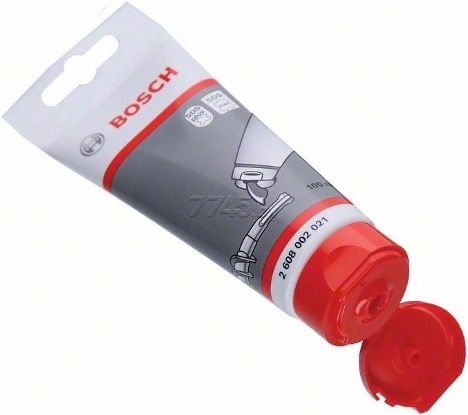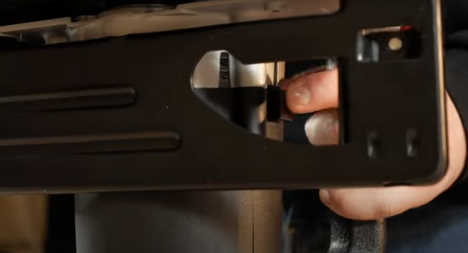It is not difficult to figure out how to put taps on radiators. In fact, you need a minimum of tools to work. First you need to unscrew and dismantle the radiator, as well as the old valve. How to do this, and how to choose the right crane, is described in the material presented.
The content of the article
-
Types of cranes and selection rules
- Shut-off valves
- Control and thermostatic valve
- Air and flush valve
- How to install a faucet
Types of cranes and selection rules
Installing a valve on a heating battery is carried out in different cases. Depending on the purpose, the following types are distinguished:
- Stop valve.
- Control valve.
- Air and flush valves.
Shut-off valves
This is a ball valve, its name is associated with a shape resembling a ball with a hole through which water passes. The valve can only be set in 2 positions - closed or open. To do this, the handle is rotated at a right angle, i.e. 90 degrees.
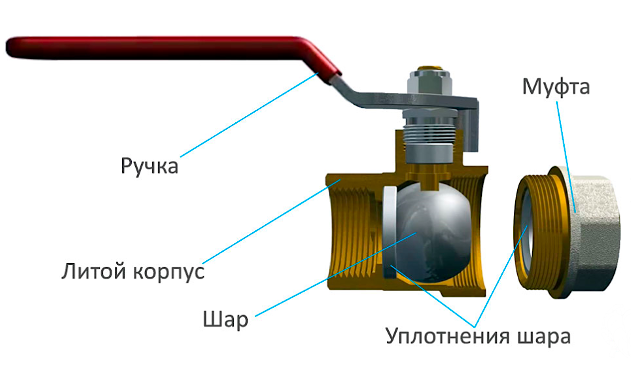
Installing a valve on a heating battery of this type is carried out to adjust the flows from above and below. If you close the ball valve, the radiator does not heat up, and the temperature in the apartment drops. When choosing, it is worth considering that such valves are of 3 types:
- full bore;
- incomplete bore;
- standard.
For installation, it is better to use full bore, since in this case the maximum throughput is achieved - about 90% and often 100%.
In addition, it should be borne in mind that the valves can be made of plastic or brass or another alloy. For durability, it is better to choose metal products.
Control and thermostatic valve
Installing ball valves on heating radiators allows you to completely turn off the flow of hot water to the radiator. This is not always convenient, since a complete overlap can lead to severe cooling. To adjust the temperature more "subtly", use thermostatic valves and control valves.

When choosing them, you should pay attention to several points:
- taps can be connected at an angle and directly - both options are suitable;
- valves are made of metal alloys, they are all quite reliable, while bronze and brass are cheaper, stainless steel is more expensive;
- special attention should be paid to the tap cone - it should be metal, not plastic.
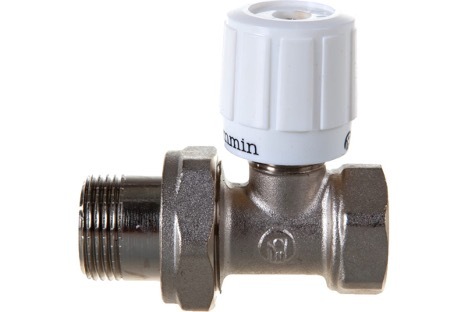
Air and flush valve
Air - aka Mayevsky's crane - is needed in order to bleed excess air from the pipes. When choosing it, consider the following parameters:
- there are mechanical and automatic devices - the latter are more convenient, since they do not require any intervention;
- it is better to buy a ball designed for the use of a screwdriver (it is easier to bleed air);
- it is also necessary to make sure that the stem is firmly in place and cannot be pulled out, since in this case it will be very difficult to insert the part back.
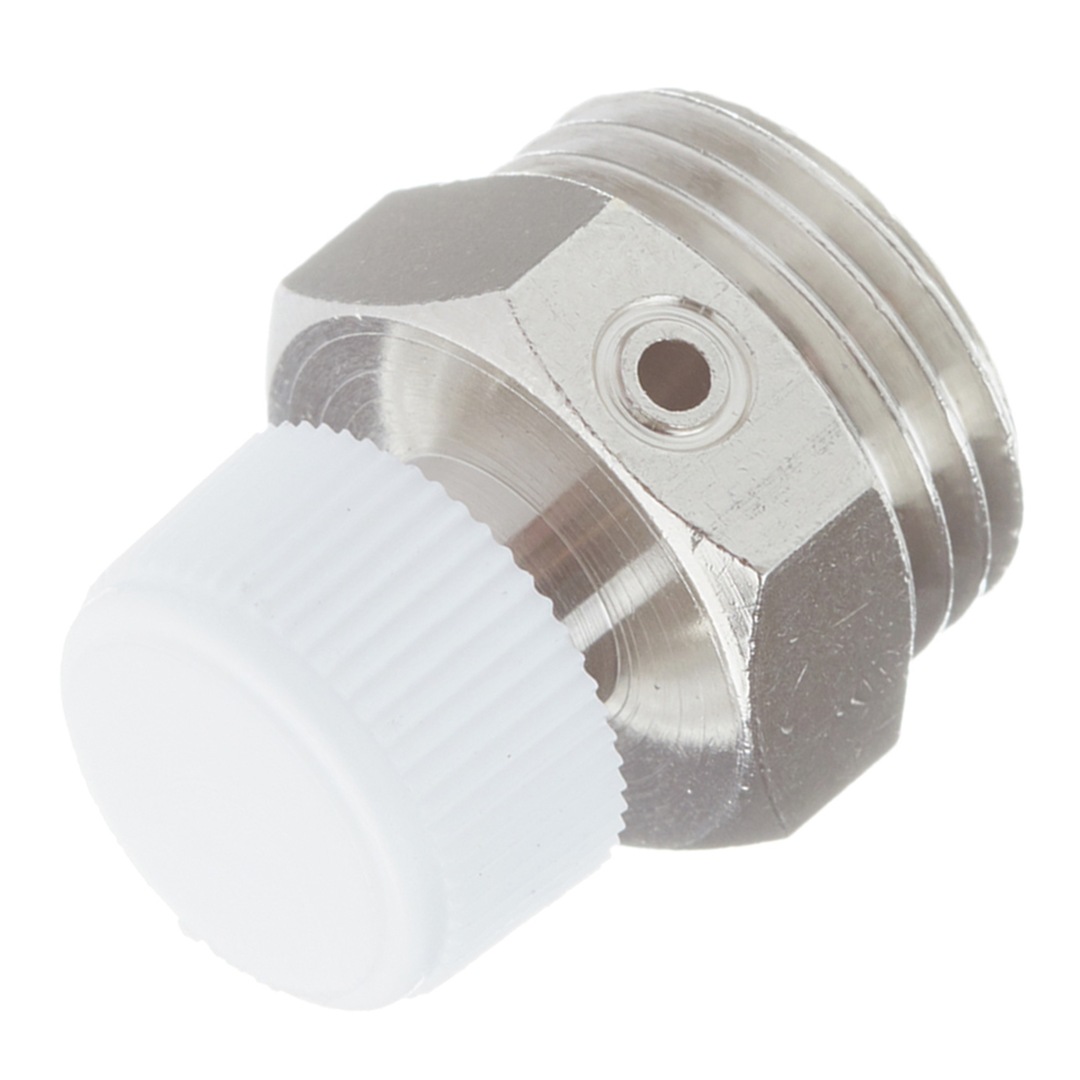
Finally, there are flushing taps that drain water during repairs or preventive preparations for the heating season. This is a fairly reliable device; when choosing, you should pay attention only to the gasket. It should be made of thick rubber.
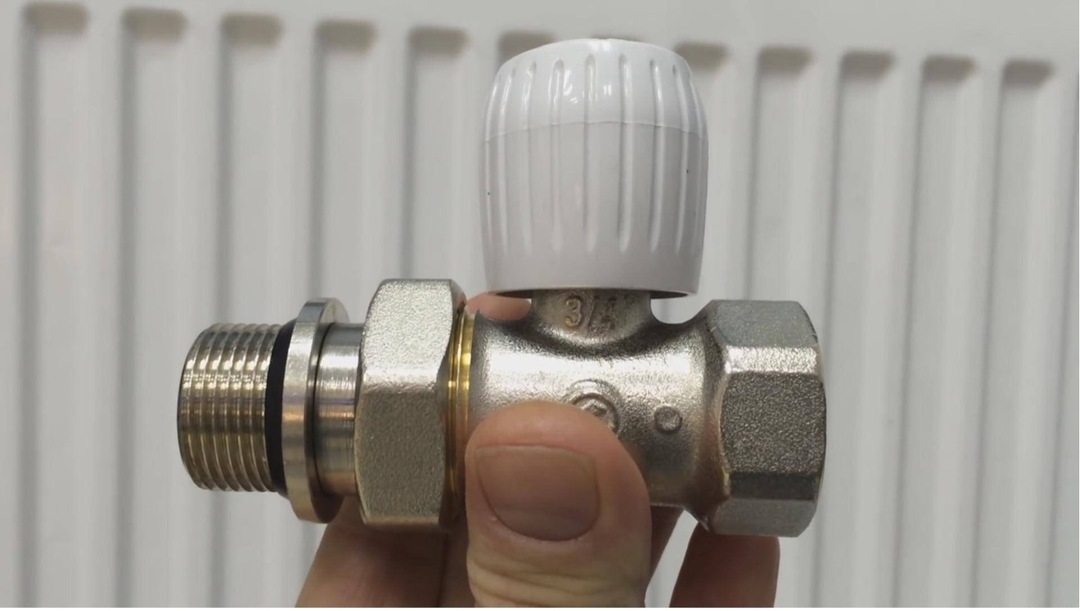
How to install a faucet
You can put the crane on the battery yourself. To do this, first close both radiator valves, prepare rags with a bucket just in case, and then proceed as follows:
- Unscrew nozzles.
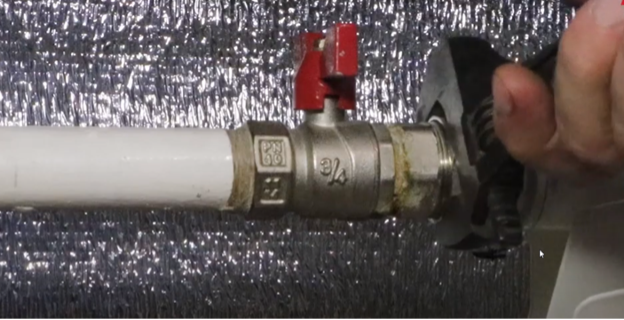
- Dismantle the radiator.
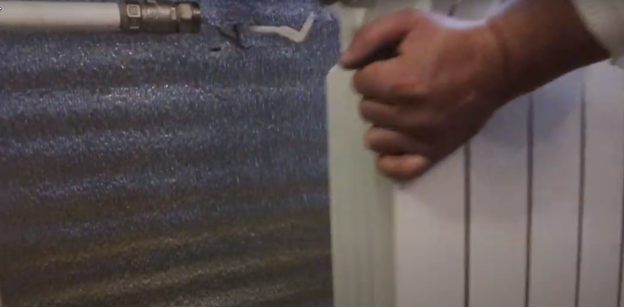
- Before installing the taps on the heating battery, it is necessary to remove the old parts.
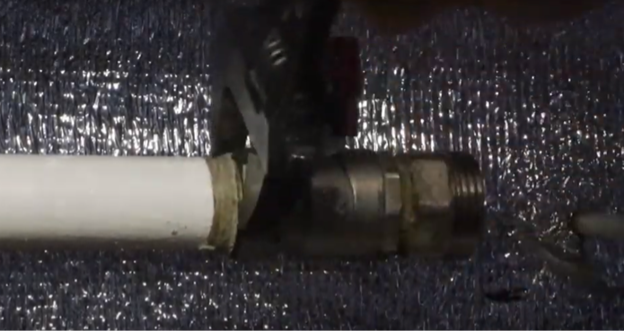
- They clean the thread from the old tow with a regular clerical knife.
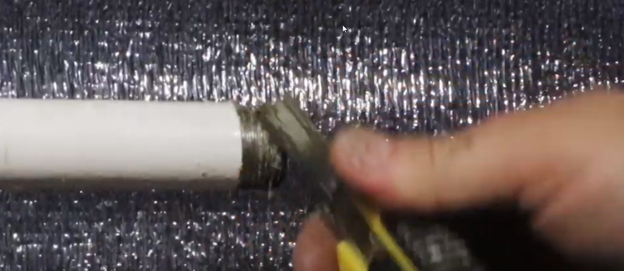
- Apply sealant and glue a new tow.
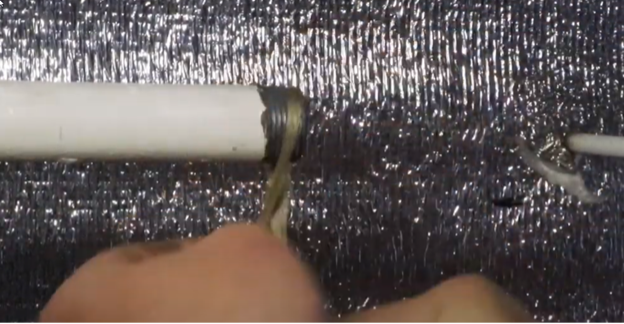
- Screw on the new faucet.
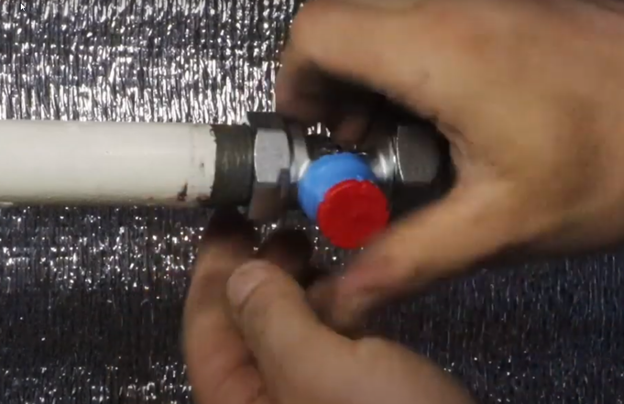
- Put it in a position parallel to the floor, as shown in the photo.
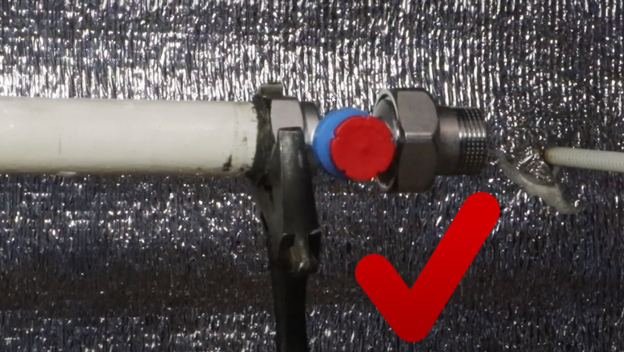
- Then put the heating radiator back, open the tap and check for leaks.
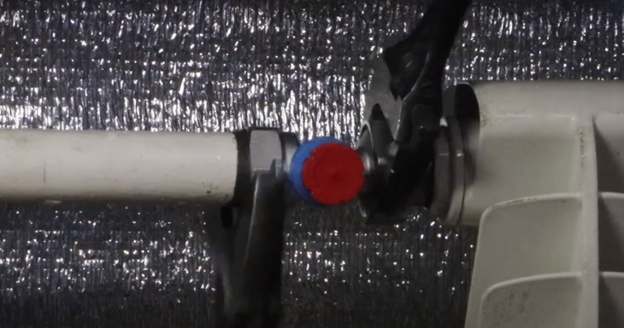
As can be seen from the review, the installation of the valve on the battery is carried out on its own. In fact, all you need is a gas key or a set of keys, as well as tow and glue. During operation, it must be taken into account that there may be liquid residues in the radiator. Therefore, the battery is carefully removed by placing a rag on the floor in advance.
